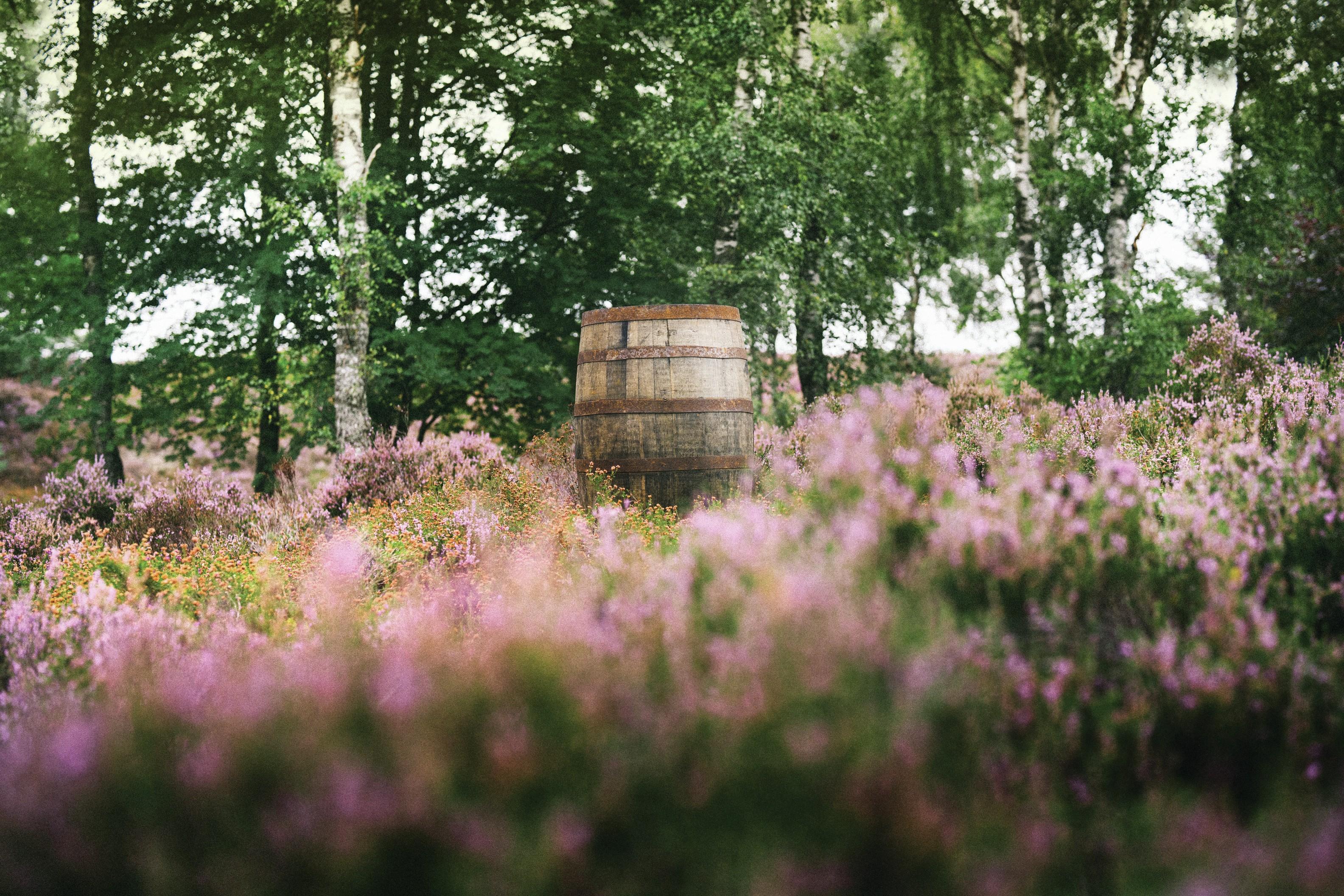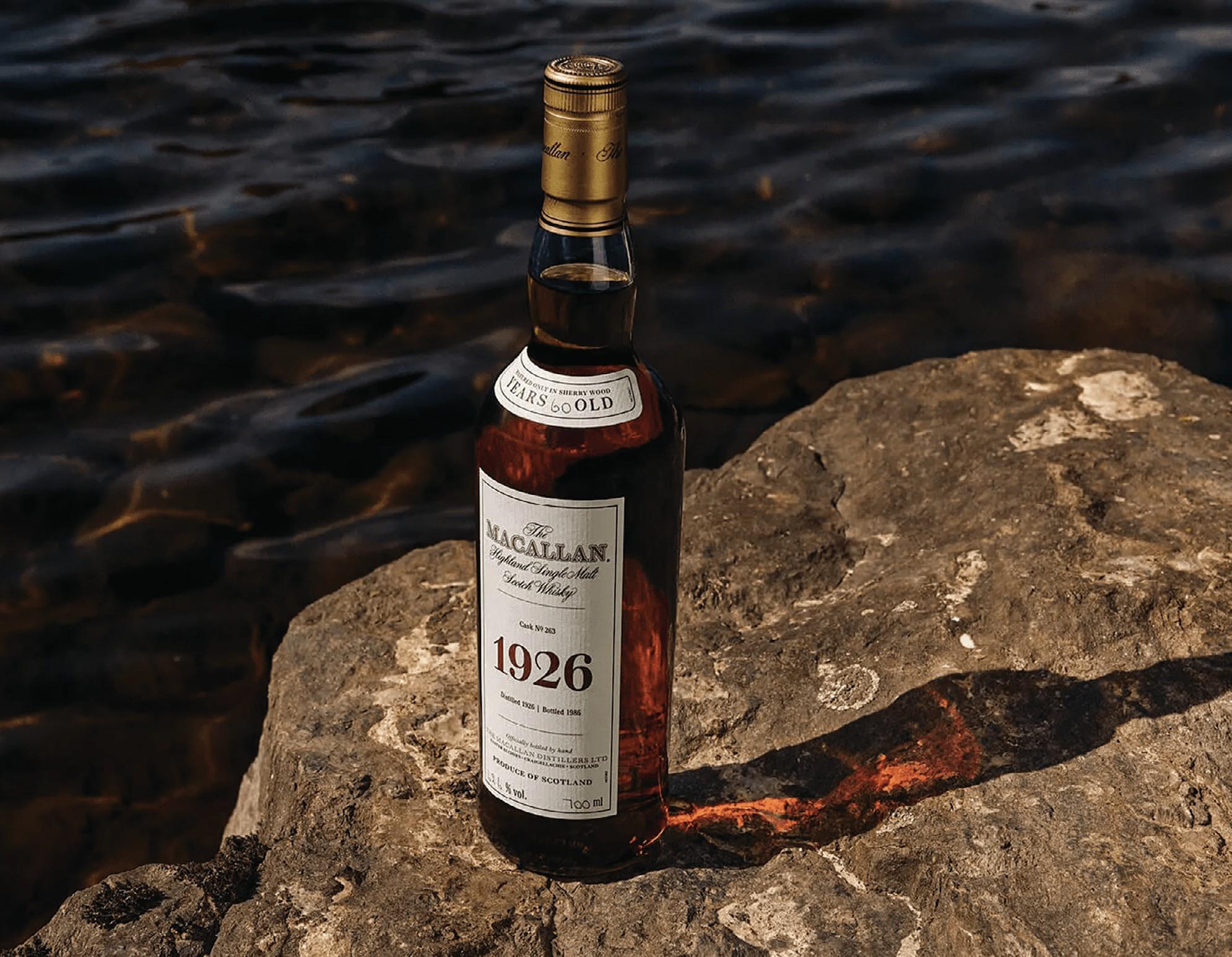Secondary market for Scotch is ‘absolutely brutal’, report finds
A pronounced market correction follows a “preposterous peak” in high-end Scotch – but how long will this “brutal” climate last? Tom Bruce-Gardyne reports.

At the height of the Covid-19 pandemic, the party was in full swing for the off-trade, particularly in high-end spirits.
American consumers were drinking premium Tequila, Bourbon and Scotch as never before and, as one US distributor put it: “Every night is now Friday night.”
With other major retail markets also booming, it was a good time to be alive if your name was Johnnie Walker. Diageo’s pride and joy – the world’s top-selling Scotch whisky brand – posted record-breaking results in August 2022.
“We will cross £2 billion in sales for the first time ever, and cross 21 million cases,” declared the company’s CEO, the late Sir Ivan Menezes, who was delighted with Johnnie Walker ’s progression. With net sales of entry-level Red Label up by 20%, mid-priced Black Label by 40%, and top-tier Blue Label by 60%, it was premiumisation in action.
This retail boom was echoed in the secondary market where expensive whiskies are traded, collected, speculated in and occasionally drunk. “Probably six months into the pandemic and then through 2021-22, there was a very unusual, intense spike in demand,” says Geoff Kirk, channel director – secondary market, at The Macallan, which has long dominated the trade.

“But it wasn’t just The Macallan or single malts,” he continues. “We’ve done some simple analysis of luxury watches and fine wine which all saw this huge, unprecedented spike.” At Sotheby’s, he was told that mid-level wine “went through the roof”, because clients had laid into their collections during lockdown, and were back to replenish stocks.
Kirk claims people were also drinking 40and 50 year-old bottles of The Macallan, adding: “Five years ago, I don’t think we would have heard of that level of consumption.”
The morning after
Then came the morning after. In Diageo’s latest annual results, announced in July, Scotch was down 10%, as was Johnnie Walker. CEO Debra Crew confessed to some downtrading, saying: “When you get over US$100 a bottle in the US – that’s really where it kind of exploded during the pandemic – people weren’t going to continue drinking those bottles on a Tuesday night.”
Meanwhile, trade in the secondary market has also contracted sharply, as reported by Noble & Co. in its quarterly Whisky Intelligence Report.
“Looking at volumes, April was down 49% year-on-year, May was down 69%, June by 57% and July 60%,” says the company’s Duncan McFadzean, who helps compile the report. “It’s enough to tell me the market doesn’t seem to have bounced, and that it’s absolutely brutal out there.”
In the first quarter of the year, the amount of The Macallan sold at auction halved by 4,000 bottles compared to the same period in 2023. Geoff Kirk prefers to take the long view, and says the brand’s share of the secondary market has stayed “roughly static for six to seven years, at typically 16%–18% of the number of bottles, and 35%–40% of the value.”
“Prices are down significantly, after a preposterous peak,” says Isabel Graham-Yooll, who knows the secondary market intimately, having run Whisky.Auction at The Whisky Exchange, before setting up her own independent consultancy, Wisgy, earlier this year.
Somewhat euphemistic
“It is being referred to by everyone as a correction, but I feel that is somewhat euphemistic. I always think of it like London house prices. They’ll come down one day, but they’re never going to go back to where they were.”
It was perhaps the secondary market that taught the whisky industry the true value of its rare stocks. According to Graham-Yooll, Diageo priced its Special Releases bottling of Port Ellen, its then closed Islay distillery, at just £140 in 2007.
Within weeks, bottles were trading at more than double that amount at auction.
Subsequent release prices rose, hitting £1,500 in 2013 and £2,200 a year later to close the gap on those auction prices. But there is a fine line on setting the release price because of the danger of over-anticipating demand in the secondary market, which tends to be quite speculative and volatile by its nature.
Golden egg
“In my opinion, if any brand was to get ahead of that, it risks killing the goose that lays the golden egg,” says Kirk, who explains his role as “not about trying to control the channel. It is more about trying to understand the nature of demand in it, to make sure we don’t get too carried away”.
And you can see the temptation of doing so, given the buzz around his brand at auction. Last November, a bottle of The Macallan 1926 sold for £2.1m at Sotheby’s, a new world record for wine and spirits.

“The secondary market is a tiny proportion of what we produce,” he says.
“But it does get a lot of coverage, and obviously there’s extremely strong PR that reflects the perceived brand value.”
The record price at auction is the climax of The Spirit of 1926, an extremely lavish brand film released by The Macallan last year. “Consumers know they’re never going to buy or consume at that level, but they love that it’s associated with the brand,” says Kirk.
“Both with whisky and wine, there’s definitely a correction in the market, and I think we’ll see that correction go down further,” says Patrick O’Connor, CEO of leading online platform Fine + Rare. “It is probably cyclical. We saw a similar trend post-2013 up until about 2016-17, but I think this time it is probably exacerbated by what’s going on geopolitically.”
Split market
He splits the market into collector-investors and collector-consumers. Those just hoping to make a return are struggling with prices coming down, but of the second group he says: “I think the collector-consumer market is still very strong, but it’s very specific in what it’s looking for.”
He mentions House of Hazelwood, the William Grant & Sons’ offshoot launched two years ago, as an example.
“We have lots of collectors, and people tend to collect sets of House of Hazelwood,” says its marketing director, Jonathan Gibson. “On the investment side, I think it’s less, because we’re a newer proposition and it is about less-explored categories quite often.”
Here he is referring to the old blends and grain whiskies that Hazelwood has released, which are more for the curious connoisseur branching out of single malts. Meanwhile, its Legacy Collection, priced at £1,000–£3,000, is “popular for high-end drinking”, he says.

Talking of the investors, collectors and high-end drinkers who compete at auction, Isabel Graham-Yooll used to see them as “three distinct groups with some overlap, but the space where they overlap is now much greater”, and adds: “It’s impossible to be a whisky enthusiast and not have some bottles on the side, only enthusiasts don’t call it ‘collecting’, they just call it their ‘pension’.”
In her view, if you are buying for the long term, and got in before the peak, the current downturn is “not that significant”.
Quality of data
Graham-Yooll questions the quality of data available to would-be investors. Publications such as Noble & Co’s, or Knight Frank’s Wealth Report, provide “an interesting overview, but no more than that”, in her view. They are often seriously misinterpreted, sometimes wilfully. Knight Frank first included the category among ‘luxury investments’ in 2019, using a Rare Whisky 101 index of 100 ultra-rare bottles.
It noted that the value of the index had jumped 582% in a decade, prompting a slew of headlines, as the media seized on the figure with little if any context, fuelling the idea that Scotch offered fantastic returns and that you’d be a mug not to join in.
In its 2023 report, Knight Frank quoted the same index – down 9% on 2022 and up 280% in 10 years.
“It tells me that, if I had those bottles, I would have made that return, but that’s all it tells me,” says Duncan McFadzean. “And it tells me nothing about what’s going to happen next.”
Like the stock exchange
His quarterly report is far more detailed, delving into different price bands and whisky producing regions. “There are trends in the data, but you can only extrapolate them so far,” he says. “When I’m looking at whiskies that sold for more than £100,000 in a quarter, and there are only five or six bottles I can think of, there’s nothing I can extrapolate from that.”
These reports, or at least the way they are interpreted, can suggest the market is like the Stock Exchange. “But the idea of people saying ‘Macallan’s up’, ‘Laphroaig’s down’, is not how it works,” says the whisky writer and former Diageo global marketing director for malts, Dr Nick Morgan.
“The other thing about the secondary market, which I’m not sure everyone realises, is that it is a long-term game.”
He wonders if the current market correction “isn’t a bubble that’s playing out over quite a long period of time”. Yet Geoff Kirk and others believe that the finite nature of rare whisky is what helps protect it – there is the inescapable fact that no-one can travel back in time to distil more of it.
Kirk says: “The inherent security of that is, for me, why there isn’t a bubble to burst.”
Related news
#WeekInPictures: from supermarket snacks to Scotch firs
#WeekInPictures: Champagne, Scotch and skyline tastings
Scotch whisky to toast £1bn export boost under UK-India trade deal




